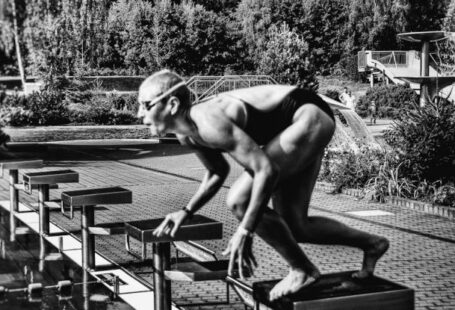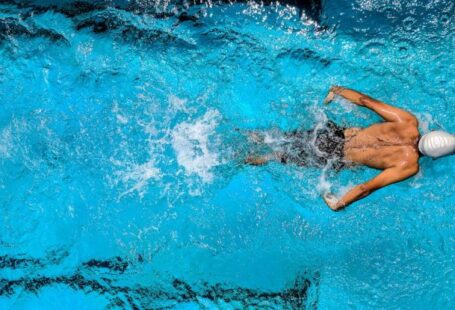Achieving optimal buoyancy control is a crucial skill for scuba divers, as it not only enhances safety underwater but also contributes to a more enjoyable diving experience. Many divers struggle with maintaining proper buoyancy, which can lead to excessive air consumption, difficulty in maneuvering, and unintentional damage to the underwater environment. Fortunately, there are specific diving drills that can help divers improve their buoyancy control and become more proficient in managing their position in the water.
**The Importance of Buoyancy Control**
Buoyancy control is essentially the ability to maintain a neutral position in the water column without sinking to the bottom or ascending to the surface. Proper buoyancy allows divers to conserve energy, reduce air consumption, and move effortlessly through the water. It also helps prevent accidental contact with delicate marine life or coral reefs, minimizing the impact on the underwater environment.
**Common Buoyancy Issues**
Many divers face challenges with buoyancy control, often struggling to find the right balance between being too heavy or too light underwater. Being overweighted can cause divers to sink uncontrollably, while being underweighted may lead to constant finning to stay afloat. Additionally, improper breathing techniques and body positioning can also affect buoyancy, making it difficult for divers to maintain a stable position in the water.
**Diving Drills for Improving Buoyancy**
1. **Hovering Exercise**: One of the most effective drills for improving buoyancy control is the hovering exercise. To perform this drill, divers should find a clear, sandy area on the seafloor and practice hovering in a horizontal position without touching the bottom. By making small adjustments to their breathing and finning techniques, divers can fine-tune their buoyancy and achieve a stable hover.
2. **Weight Check**: Conducting a weight check before each dive is essential for ensuring proper buoyancy. Divers should start by floating at eye level while holding a normal breath. If they sink or rise, adjustments to weight distribution or the amount of weight carried should be made accordingly to achieve neutral buoyancy.
3. **Buoyancy Compensator Device (BCD) Control**: Practicing BCD control drills can help divers become more proficient in adjusting their buoyancy while underwater. Divers can simulate different scenarios, such as descending, ascending, and maintaining a specific depth, to improve their control over their BCD and achieve optimal buoyancy.
4. **Breathing Techniques**: Proper breathing techniques play a significant role in buoyancy control. Divers should practice slow, deep breaths to avoid rapid changes in buoyancy caused by overinflating or deflating their BCD. By maintaining a relaxed breathing pattern, divers can achieve better control over their position in the water.
5. **Trim Exercises**: Trim refers to the horizontal positioning of a diver in the water. Conducting trim exercises, such as the “Superman” position or the “frog kick,” can help divers maintain a streamlined posture and improve their overall buoyancy control. By minimizing drag and ensuring proper body alignment, divers can enhance their ability to stay neutrally buoyant.
**Mastering Buoyancy Control**
Achieving mastery over buoyancy control requires practice, patience, and a willingness to continuously improve. By incorporating diving drills focused on buoyancy into their training routine, divers can enhance their skills and become more confident underwater. Consistent practice, proper weighting, attention to breathing, and body positioning are key factors in mastering buoyancy control and enjoying a safe and rewarding diving experience. Remember, buoyancy control is not just a skill; it’s a fundamental aspect of being a responsible and proficient diver.





